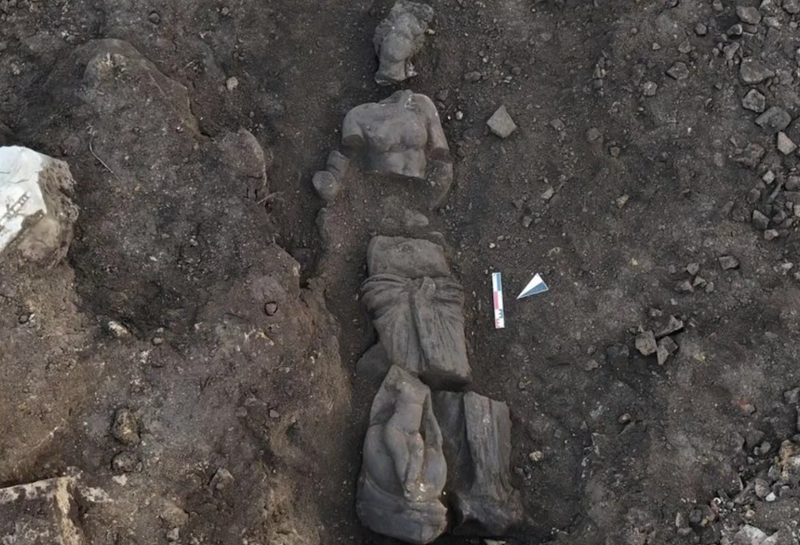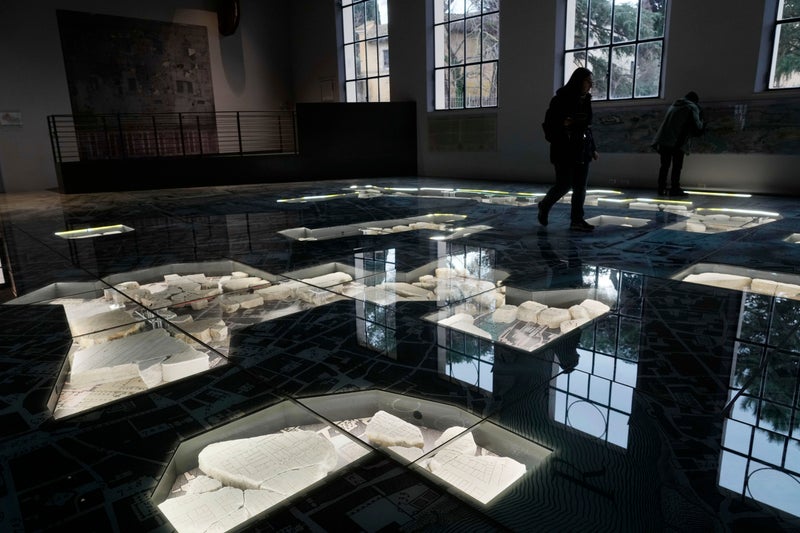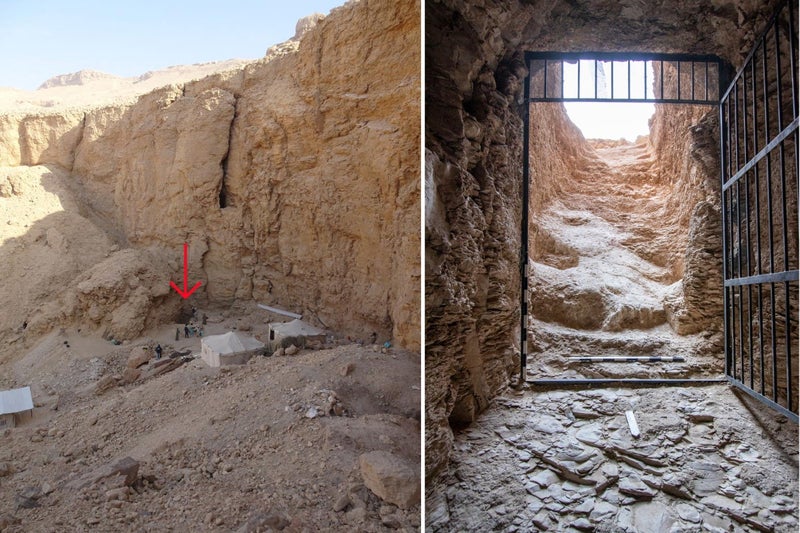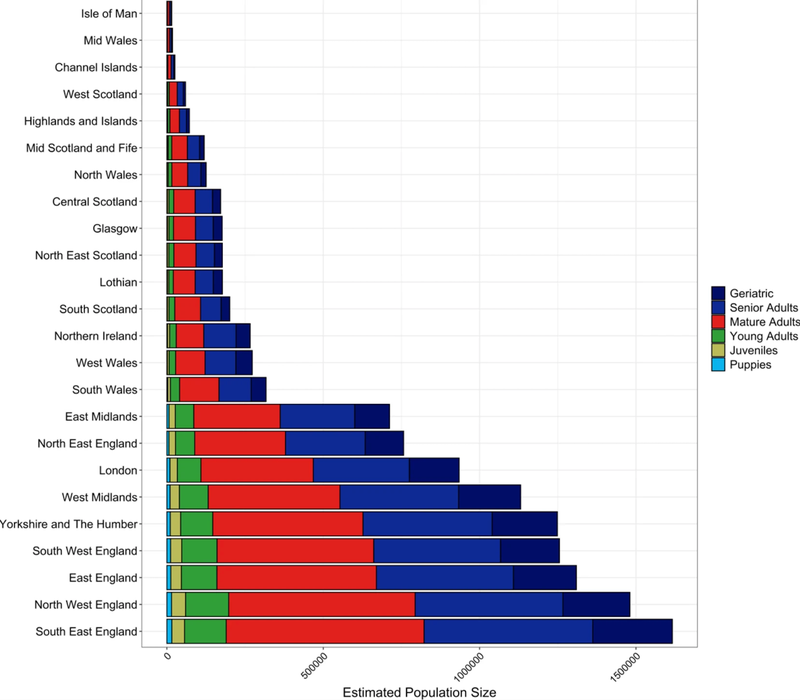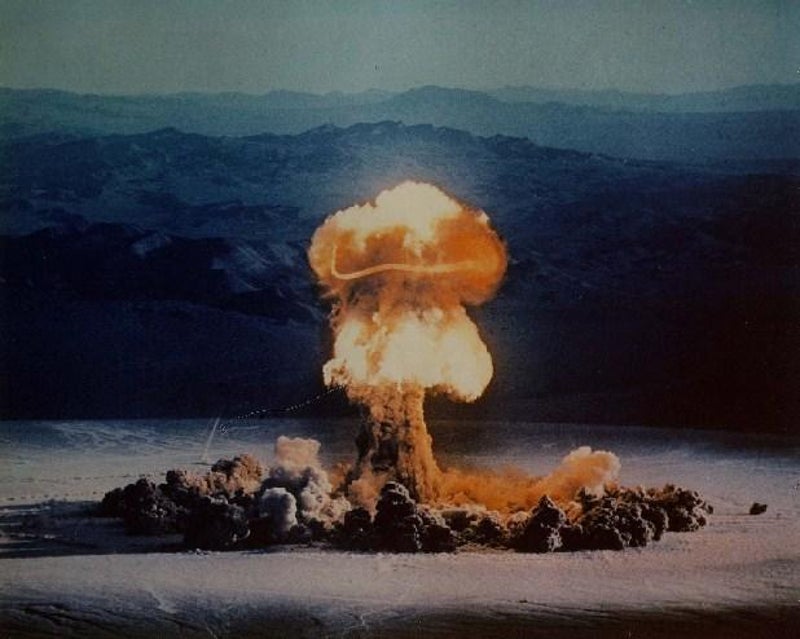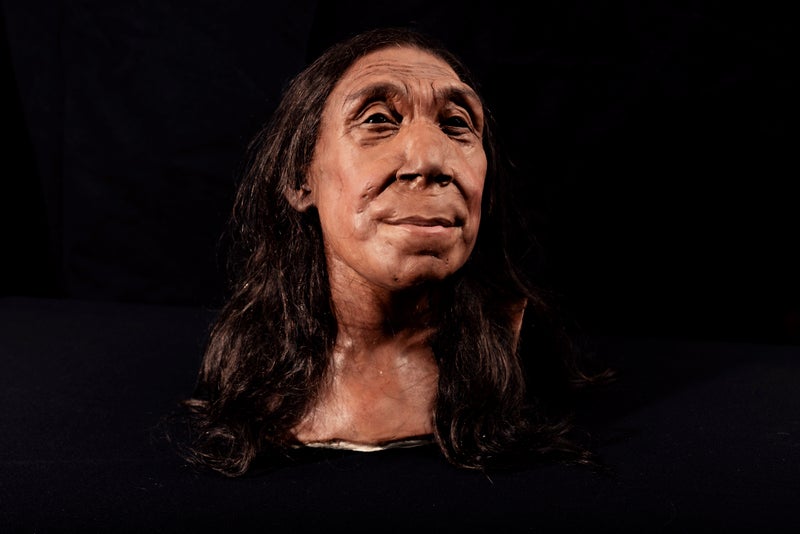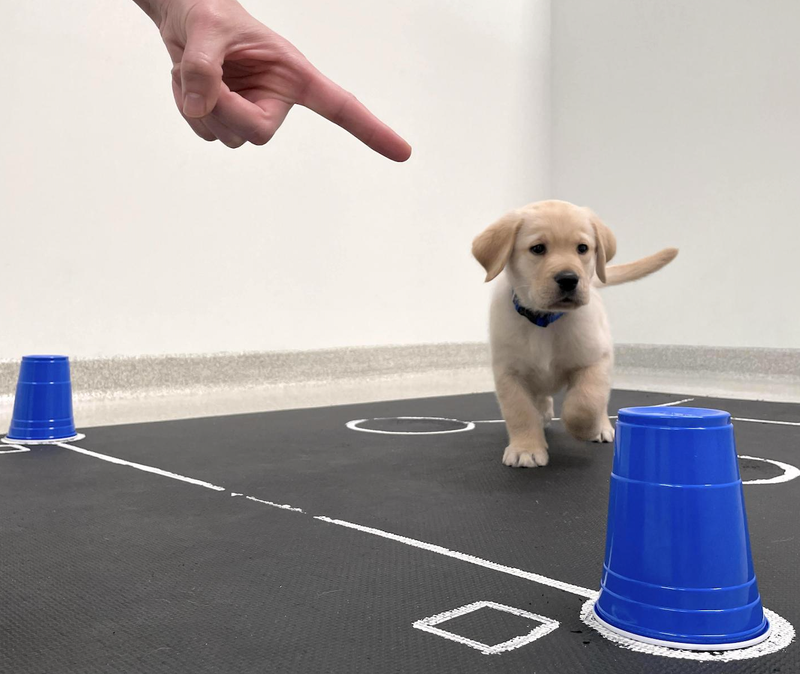City of Perga on Turkey’s southwestern Mediterranean coast was renowned in ancient world for production of marble statues. A spectacular set of Roman statues unearthed in Turkey has shed new light on the art tradition of the lost city of Perga, which was held as the ancient empire’s sculpture capital.
![[Statue of woman draped in tunic]](https://static.independent.co.uk/2025/02/20/3/30/Statue-of-woman-draped-in-tunic-unearthed-at-site.jpeg)
Archaeologists from Turkey’s Future Heritage Project unearthed five sculptures dating to the second century AD during excavations in two areas of the ancient city on the country’s southwestern Mediterranean coast. One of the sculptures is a striking 2-metre-high statue of the goddess of love, Aphrodite, sitting on a base depicting the god Eros seated on a dolphin.
Next to the Aphrodite statue, researchers found another nearly 2-metre-tall statue of a woman with features from the time of Roman emperor Severus, who ruled from 193AD to 211AD. “According to the initial findings, this statue shows features from the Severus Period,” the General Directorate of Cultural Heritage and Museums said in a statement on Facebook.
Another statue of a woman with similar features but broken into two pieces and sculptures of a clothed man and woman side by side were also found. Archaeologists suspect the statues were part of a collection on display outside a public building, highlighting its presence.
“These discoveries, which provide new clues into Perge's sculpture tradition, contribute to understanding the social structure and artistic production processes of the period,” the directorate said. Researchers suspect the statues unearthed from the ancient city’s “East Street” could be a Roman imagining of Greek mythical figures made around the second century.
The lost city of Perga, which traces its origins to the Hittite period around 1650-1200BC, was once a key centre for sculpture-making in the ancient world, renowned for its production of marble statues. Archaeologists continue to unveil well-preserved Greek mosaics and marble statues in the region.
During the Roman era, it was well-known for its architectural landmarks, including a series of fountains, pools, and baths built in a relatively arid area. However, archaeologists say much of the ancient city remains underground, waiting to be discovered.

